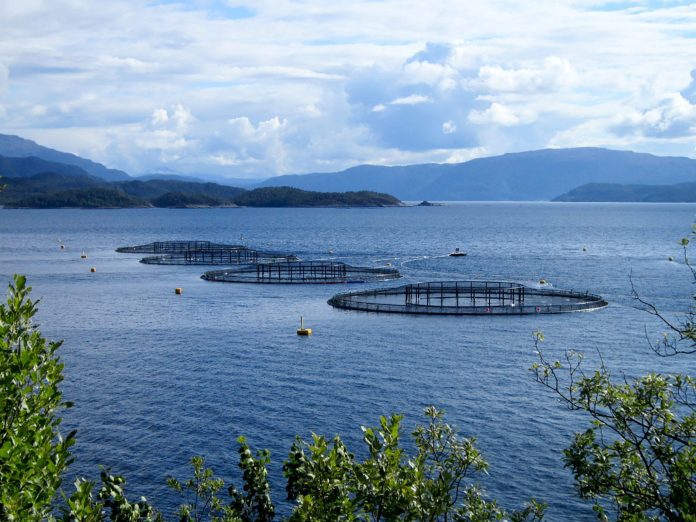French IoT firm Kerlink has teamed up with Japanese medical devices and electronics distributor GISupply on a set of LoRaWAN-based IoT solutions for the smart health and farming sectors. The deal gives Kerlink a new market outlet, in Japan.
Their “package of applications” bundles LoRaWAN-based Wirnet-branded radio units from Kerlink and IoT sensor devices from GISupply, and third party providers. The Japanese outfit is also providing cloud-based applications for data analysis and management.
The solutions are grouped into three categories: for worker safety in multiple industrial sectors, and for the smart agriculture and smart aquaculture (fishing) industries.
The pair highlighted certain applications in each segment: a construction-industry solution that monitors workers for warning signs of heat stroke, a threat to crews working in hot climates in the summer; a solution for producers to monitor and track cattle grazing in large pastures; and another for the global fish-farming industry to help improve fish breeding.
The heat-stroke application for the construction industry uses an infrared wet-bulb globe temperature (WBGT) device, to estimate the effect of temperature and humidity on humans, along with wearable trackers for workers. The customised LoRaWAN solution collects and reports data from both of WBGT devices and wearables to estimate the risk of heat stroke for each worker.
The cattle tracking solution, enabled by a LoRaWAN collar device, enables a “geo-fence” application that notifies owners if the animal has gotten out of a fenced pasture or is in a dangerous area, such as rough terrain. The fishing solution enables producers to monitor water quality and temperature.
Satoshi Kitaoka, president of GISupply, said: “The robustness and flexibility of Kerlink’s Wirnet iStation are key features of these diverse solutions, because they are easy to deploy and simple to integrate with our technologies. Equally important, Kerlink stations are proven to be reliable in any environment.”
Tsuneo Tatara, vice president of Kerlink in Japan, said: “Kerlink seeks to do business with innovative companies that have developed novel apps and solutions that bring the benefits of IoT to a wide range of businesses and companies. GISupply is one of those companies and, as our distribution partner in Japan, it will help Kerlink to grow its business in that important global market.”
Meanwhile, the LoRa Alliance, the standards and marketing body for LoRaWAN connectivity, has struck a deal with the Smart Water Networks (SWAN) Forum to advance LoRaWAN-based IoT in water networks, and water metering.
The LoRa Alliance said utilities – “broadly, and water metering in particular” – are the leading application for low-power wide-area (LPWA) IoT networks, and will continue to account for “by far the most use cases” by 2025, reaching as high as 30 percent of all installed LPWA networks.
In the UK, BT this week switched on its NB-IoT network – offering a cellular-based LPWA rival for LoRaWAN networking – to connect around 4,000 acoustic, flow, pressure, and water quality monitors for Yorkshire Water, in order to manage leaks and interruptions in the water network in the north of England.
In Australia, electric utility TasNetworks this week appointed local LoRaWAN provider NNNCo to build a LoRaWAN network in the island state of Tasmania, off the southern Australian coast.
The non-profit SWAN Forum presents itself as a “global hub for the smart water sector, accelerating the awareness and adoption of data-driven technologies in water and wastewater networks worldwide”.
Donna Moore, chief executive and chair of the LoRa Alliance, said: “Our two organisations will work together to drive a number of marketing initiatives with members. This work will strengthen the ecosystem and bring valuable solutions to utility companies and public utilities’ end customers across the globe.”

